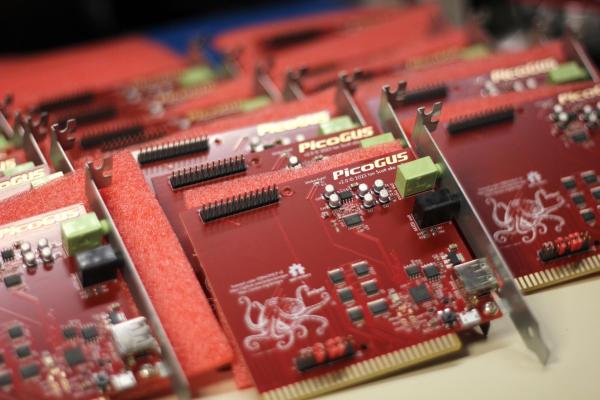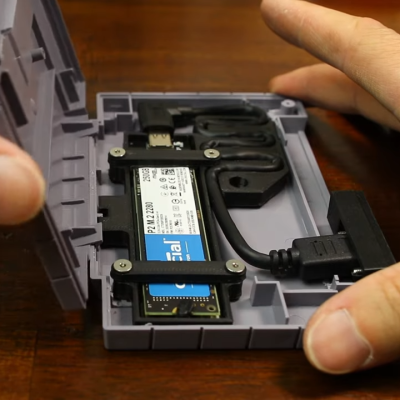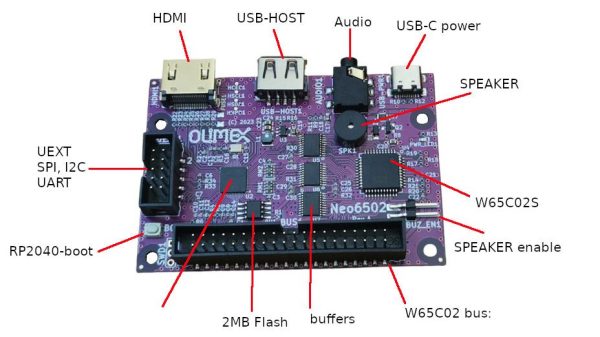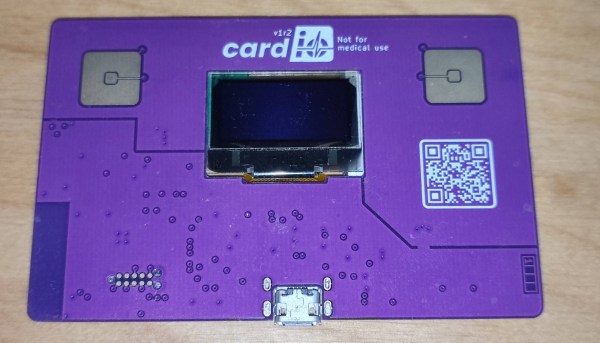Sound cards used to be a big part of gaming machines in the 90s and 2000s but have largely gone extinct in the wake of powerful CPUs doing the sound themselves. Sound cards were expensive back then and, because the good ones weren’t very common, are expensive still for the retro gamer. But if you don’t need the real thing, [polpo] has you covered with his RP2040-based ISA sound card.
The PicoGUS, as he calls it, primarily serves to replace the Gravis UltraSound with modern components at a low cost. It uses the RP2040’s PIO to attach to an ISA bus and the RP2040’s dual-core power to synthesize the audio for its primary target, but also the AdLib (OPL2), CMS/Game Blaster and Tandy 3-Voice. [polpo] sells the PicoGUS on his Tindie store, but since it’s open source, you can of course just make your own.
Although “work-in-progress”, the PicoGUS is very useful to the right person and a perfect demonstration of how the RP2040’s PIO can be used to interface with almost any type of protocol.
Of couse, that’s not the only way to use the PIO, you can also create a CAN bus or even add another USB port.




















